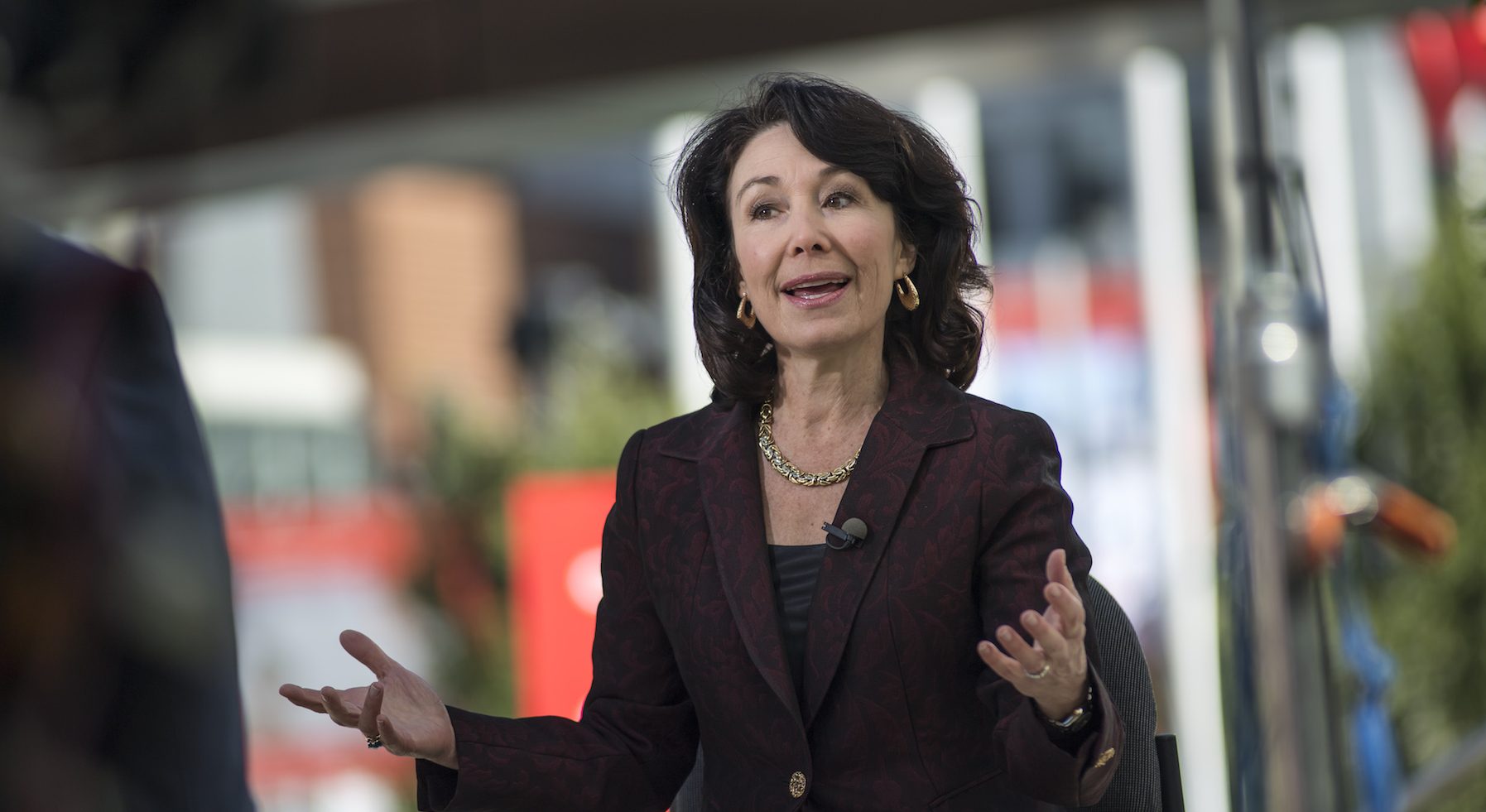It’s no secret women across a diverse array of career fields tend to make less money than men, thanks to a little thing we like to call the gender pay gap. Naturally, this includes doctors, but a recent study went a step deeper, revealing that while female doctors earn less than their male colleagues, they tend to put more time and care into their work.
According to the study, published in the New England Journal of Medicine, female doctors spend more time with patients than their male colleagues, and are also more likely to order tests and discuss preventative care — qualities some might suggest roughly translate to simply being better at their jobs. However, in exchange for those efforts, female doctors make 11 percent less than male ones.
“We calculated that women were paid 87 cents to the dollar for every hour worked compared to their male colleagues,” Dr. Ishani Ganguli, an internal medicine specialist at Harvard Medical School and Brigham and Women’s Hospital who led the study, told CNN. “That raises the question of whether we are paying for what we really care about in health care.”
Meanwhile, the study found female doctors spend an average of two minutes more with each patient, a seemingly small amount of time that Ganguli says can add up.
“We know that all primary care doctors are strapped for time and that doctors and patients all want more time in visits,” Ganguli said. “So it seems that female doctors are spending that time, but at a cost. Female doctors are responding to pressure from society to be kind and to pay attention and talk to patients. And male doctors are responding to pressure from society to churn through visits so they can make more money from those visits.”
Unfortunately, for female doctors, that effort tends to translate to burnout. According to Hannah Neprash, a health economist at the University of Minnesota’s School of Public Health who worked on the study, the research also found that female doctors report higher rates of burnout.
“Female physicians report the highest rates of burnout and our findings may help explain why,” Neprash said in a statement. “If longer visits contribute to feelings of time pressure and a chaotic work environment —for lower pay — it’s understandable that job satisfaction might be lower.”
Thanks for reading InsideHook. Sign up for our daily newsletter and be in the know.


















